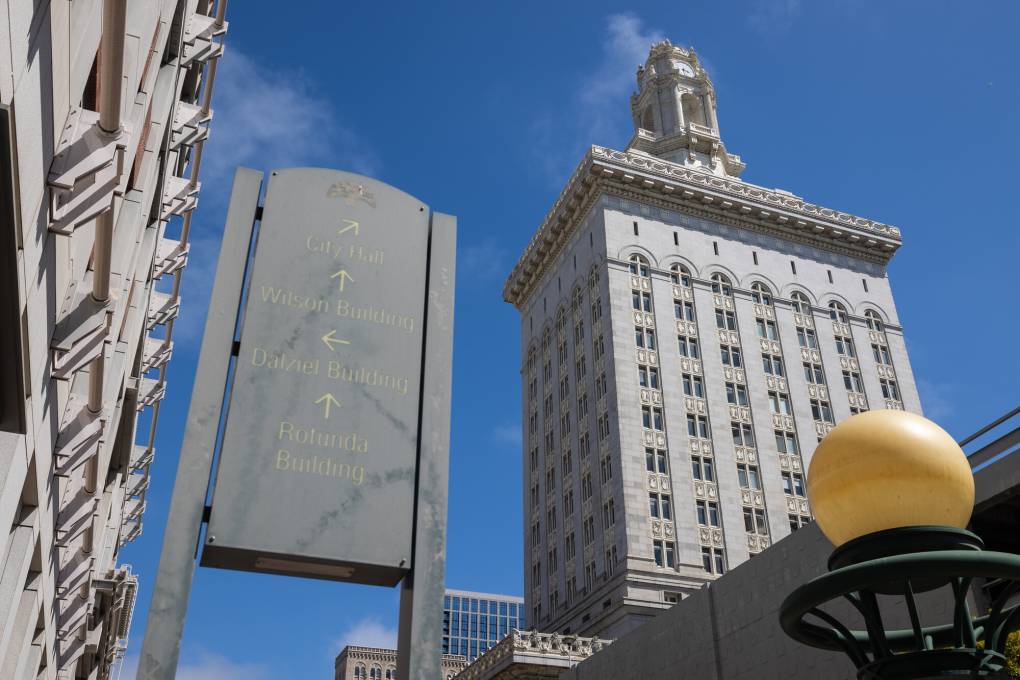“We think that’s sort of somewhere between a Band-Aid and a suture. It’s not really the solution that we’re looking for,” Landry told KQED. They led a community rally outside the meeting to call on the district to meet a list of demands, including stricter parts-per-billion lead standards and better communication.
“What we’re looking for is not only accountability for why there was this complete sort of failure in communication, but also we’re looking for a comprehensive analysis of where the contamination points are at any given school site and how those will be addressed,” Landry said.
In the longer term, the district plans to analyze how extensive the remediation will need to be, but how it will pay for the work it identifies is unclear. Thomas said further testing would help OUSD determine where repairing the fixtures got rid of lead or where larger systems, like the pipes, might be the root of the problem.
“We are ongoing in testing every day as we speak right now, and then we will circle back to those schools at the end of this school year to do a second round of testing,” he said.
So far, the district has installed 50 of 60 new FloWater bottle-filling systems, which routinely test extremely low for lead, Thomas said at the meeting. All of the fixtures where lead was initially detected have been repaired and are awaiting retesting.
OUSD also has plans to install 88 more FloWater stations by the end of the year, aiming to have one water fountain per every 200 students on a school site. Installing the additional Flowater systems will cost an estimated $1.5 million, plus more than half a million to maintain annually.
The larger cost of remediation comes as Oakland and its school district are both dealing with budget deficits. School board Vice President Mike Hutchinson said there isn’t much money left unaccounted for in the budget set aside for facilities through recent bond measures.
District leaders at Monday’s meeting asked about using funds from a settlement initiated in 2019 between 10 cities and counties in California, including Oakland, and companies whose lead paint “poisons tens of thousands of children across California each year,” according to a press release, but Selia Warren, a deputy attorney at the Oakland city attorney’s office, said that money is required to be used for remediation efforts related to lead paint.
Kalb suggested a city staffer help the district with outreach to state and local agencies and applications for grants that have funding available for lead-related remediation. But the true cost won’t be known until at least the end of the year.
“We greatly need help and support from everyone,” Hutchinson said. “Both to make sure this short-term solution of Flowater systems is accessible and workable, but especially for the medium and long-term fix, which probably is going to involve repairs at some of our school sites that could become more extensive. … We don’t know what the cost is, but we have to take care of this immediately.”


